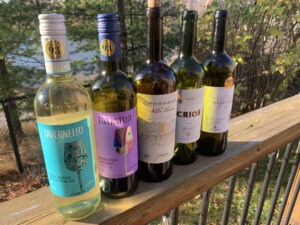 I was invited to lunch last month at Capra’s Kitchen in Mississauga, where charismatic owner and chef Massimo Capra showed off a variety of his restaurant’s delectable antipasti menu items (I’ve gotta get back there soon). I was joined by reps from Majestic Wine Cellars and Maria Chiara Severi, Export Manager for Caviro Group, Italy’s largest wine producer.
I was invited to lunch last month at Capra’s Kitchen in Mississauga, where charismatic owner and chef Massimo Capra showed off a variety of his restaurant’s delectable antipasti menu items (I’ve gotta get back there soon). I was joined by reps from Majestic Wine Cellars and Maria Chiara Severi, Export Manager for Caviro Group, Italy’s largest wine producer.
The Caviro Group, an agricultural cooperative founded in Faenza, Italy in 1966, includes an eye-popping 37,500 cultivated hectares across seven different regions. They’re not just really good at churning out solid wines for great prices but are addressing market trends by producing more low-alcohol (and non-alcohol) wine products. And their sustainability efforts include a recyclable, environmentally friendly tetra-pac of their Pinot Bianco Famoso white wine at the LCBO for just $7.95.
Two of Tavernello’s other crazy-low-priced wines lead off today’s reviews. (Note that a couple of the products below are likely to make TheLushLife.ca’s Annual Best Value list next month!)
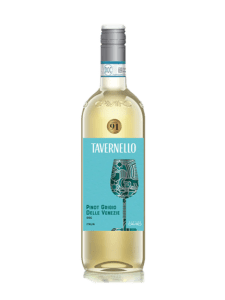 Tavernello Pinot Grigio 2023 — Venezia, Italy ($9.15)
Tavernello Pinot Grigio 2023 — Venezia, Italy ($9.15)
With a price tag of $9.15, we’re not searching for depth and nuance here, but there’s also nothing off-putting about this light, refreshing pinot grigio. Grapefruit, lemon rind, green apple and white peach notes, with a very manageable 12% alc. and a respectable 5 g/L of residual sugar. A super option if you’re looking to make a white wine spritz. 85
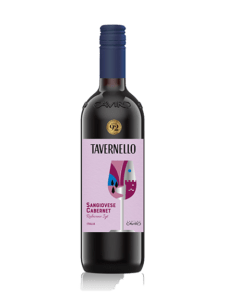 Tavernello Sangiovese Cabernet 2023 — Emilia-Romagna, Italy ($10.05)
Tavernello Sangiovese Cabernet 2023 — Emilia-Romagna, Italy ($10.05)
This midweight Sangiovese/cabernet blend offers plenty of blackberry, blueberry and plum on the nose and is smooth and savoury on the palate with its perfectly balanced acidity. Easy drinking, the tannins are light (it was almost assuredly aged in steel tanks, owing to the quick turnaround of the 2023 vintage into the bottle). A good match with pizza or hamburgers, or as an inexpensive red wine option for sangrias. The residual sugar is admittedly little higher than I’d like at 11 g/L. 13.5% alc. 86
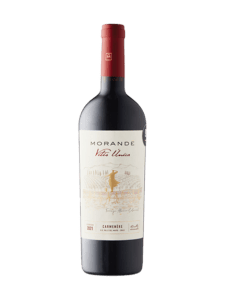 Morande Vitus Unica Carménère 2021 — Maipo Valley, Chile ($18.95)
Morande Vitus Unica Carménère 2021 — Maipo Valley, Chile ($18.95)
I tend to like the herbaceous/vegetal character of Carménère in general, and I’m a longtime fan of Morande’s version. And this is a particularly good vintage. Dark red fruit, pepper and bell pepper and some medicinal, eucalyptus notes can be found as you dive further into the glass. On the palate, it’s medium+ in body, as a silky, spicy, tart cherry drapes over your tongue. It features a moderate 13.5% alc. and is very dry with only about 3 g/L of residual sugar. 90
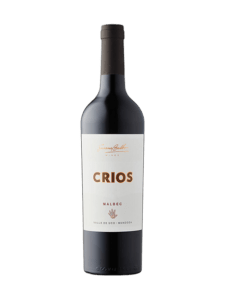 Crios Malbec 2022 — Uco Valley, Mendoza, Argentina ($17.95)
Crios Malbec 2022 — Uco Valley, Mendoza, Argentina ($17.95)
Here’s a bright, fresh malbec, with just 40% of the wine aged eight months in neutral oak barrels. A dark fruit medley of ripe blackberry, mulberry, blackcurrant and black cherry greets the nose, with secondary notes of tea, violets and cinnamon. There’s definitely some alcoholic heat—I tend to agree with the winery’s published 14.5% alc. (which is also on the bottle label), as opposed to the 13.5% the LCBO has on its website. Medium-bodied, with medium tannins, and dry at just 3 g/L of RS. 87
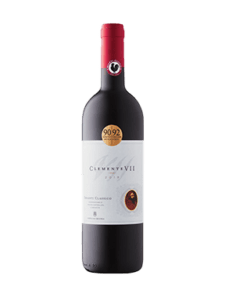 Clemente Chianti Classico 2020 — Tuscany, Italy ($22.95)
Clemente Chianti Classico 2020 — Tuscany, Italy ($22.95)
Dried black cherry/raspberry and earthy notes are accompanied with oaky hints of leather, tobacco and vanilla. Medium+ in tannins, as you might typically expect from a Tuscan chianti. It lacks the depth and riper fruit of the 2019 vintage, but remains solid stuff nonetheless. 14% alc., 3g/L RS. 88
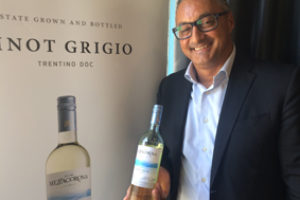

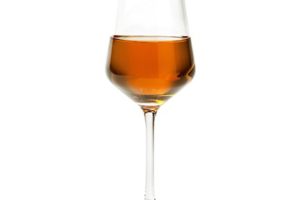

Leave a Reply
Your email is safe with us.